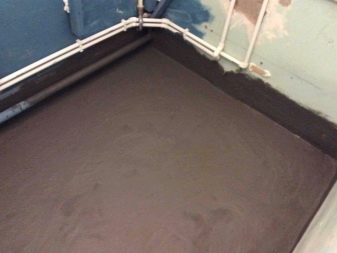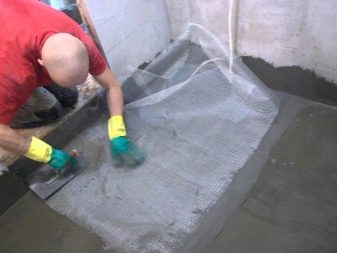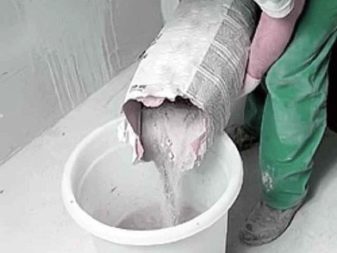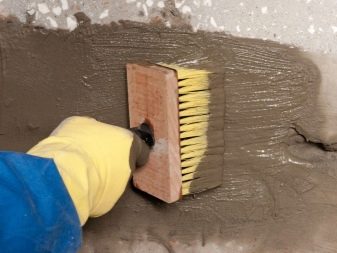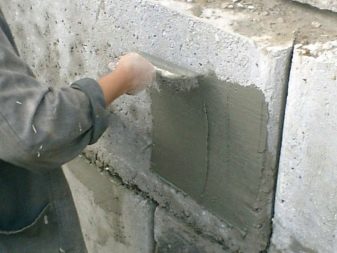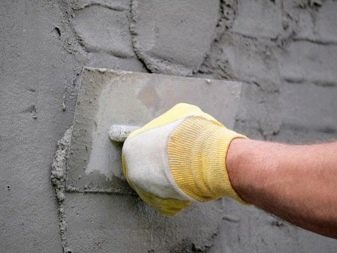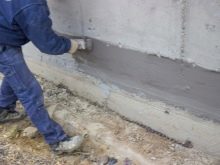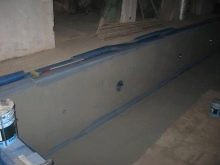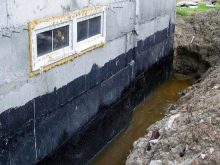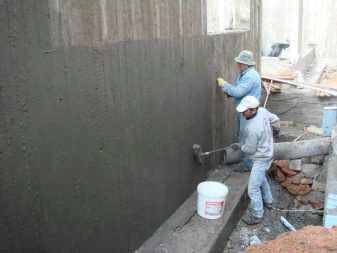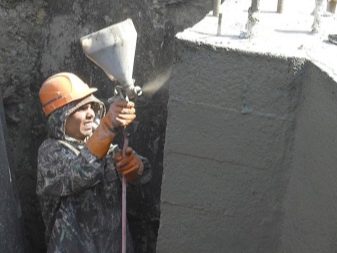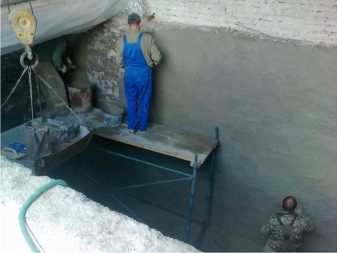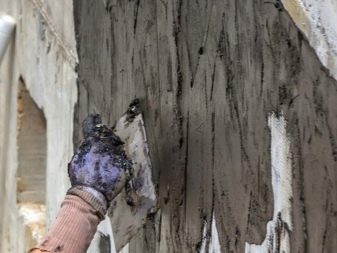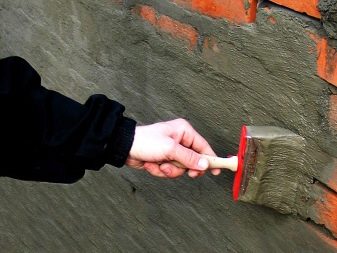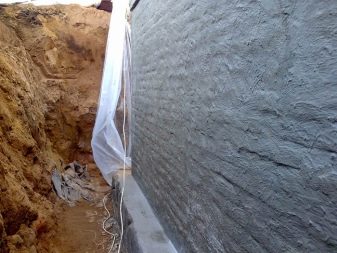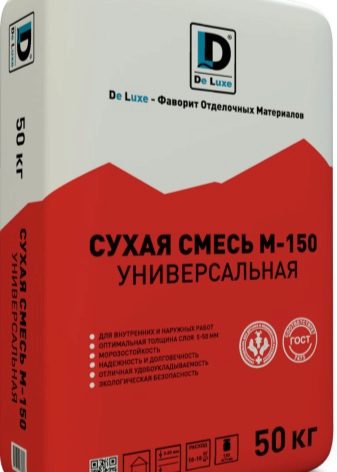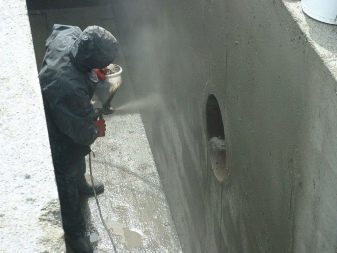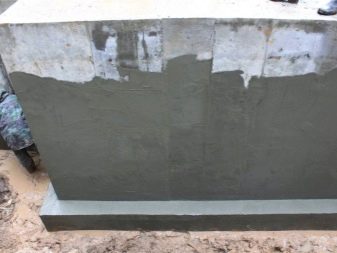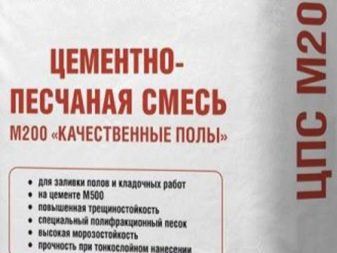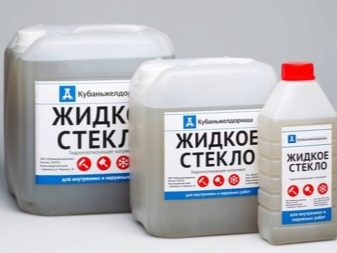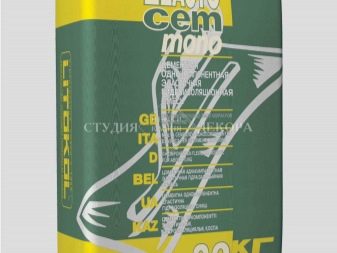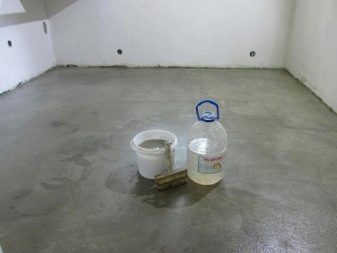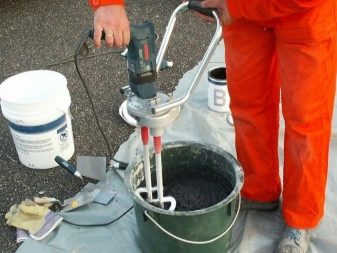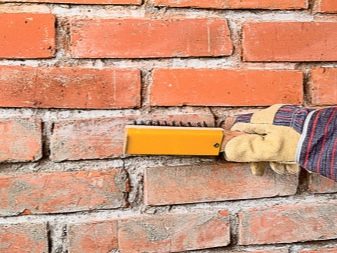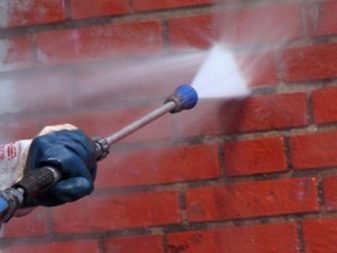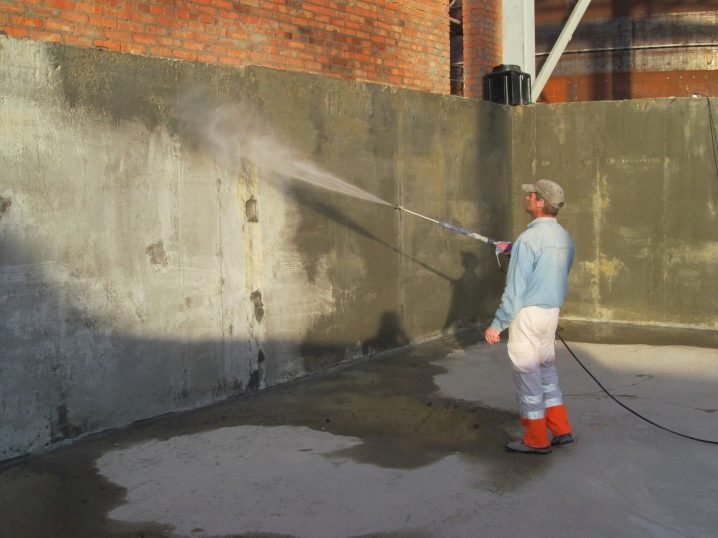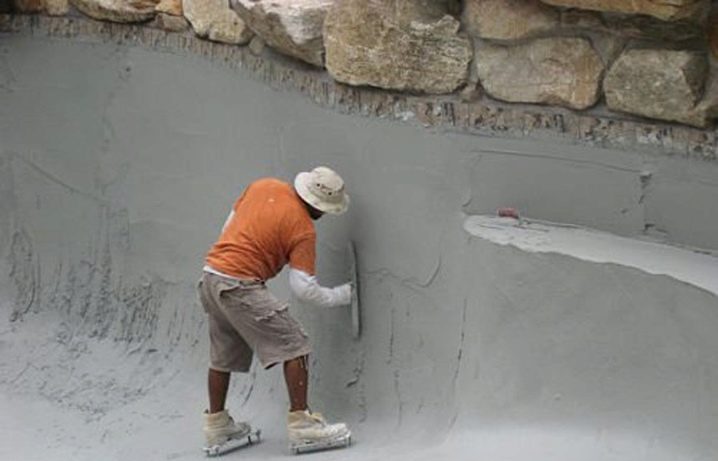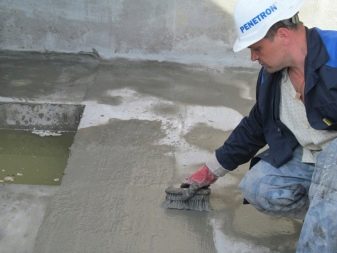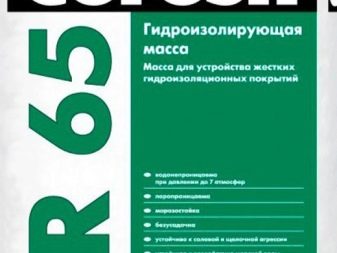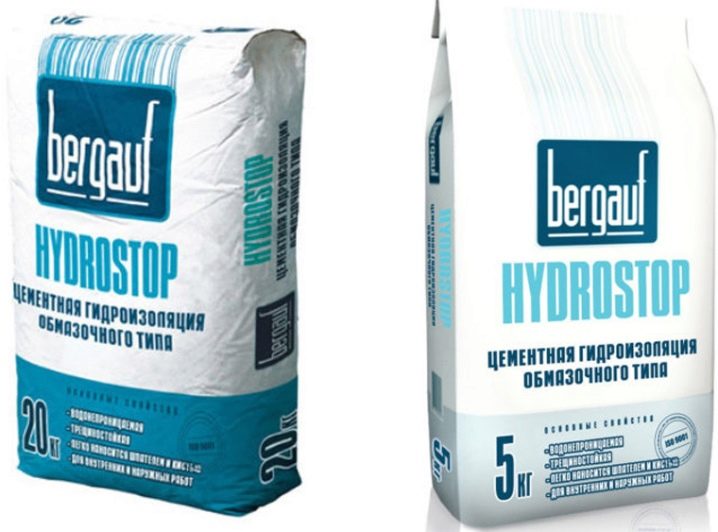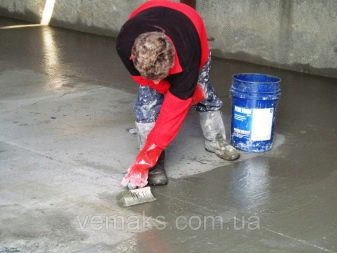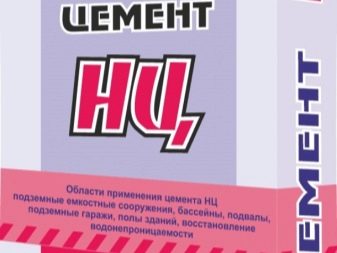Waterproofing cement-based: types and technology of application
In the construction business there are many external factors that cause the destruction of houses and other structures. The most common and dangerous of them is moisture. Increasingly, various waterproofing methods appear on the markets, but cement-based waterproofing is considered the most popular and affordable.
Special features
Cement-based waterproofing has several advantages over other materials that perform the same functions.
- Cement mixture is obtained by mixing the dry and liquid parts. Such a separation makes it possible to add various components to the dry and liquid parts, which improve the moisture resistance and other properties of the final product.
- Application technology is similar to the use of plaster, which facilitates the work of inexperienced repairmen, and the layers are thicker and, accordingly, stronger.
- The insulating moisture barrier layer is about 4-5 centimeters, this is what helps to withstand the cement mixture heavy loads of five or six atmospheres, depending on the quality of the applied layers.
- Affordable price category.
- Polymer materials in cement have a high degree of adhesion, thanks to which they are excellently suited to any organic building materials.
- The connections between insulation and construction materials that need protection are strong and durable, thanks to the use of a liquid that, when it seeps into all the gaps and dries out, creates a very strong water-repellent bond.
- The use of cement mixtures for waterproofing is safe for health. In their composition of natural substances that do not harm the master. In long-term use, they prevent the occurrence of mold in residential areas.
These mixtures are used to protect foundations, basements, basements, swimming pools, water tanks and other structures that have a direct connection with water against moisture.
There are two types of waterproofing mixtures:
- penetrating;
- obmazochny.
The first type is distinguished by a good hit in the hard-to-reach and hidden from the eye slit, where it connects into strong crystalline bonds that are very difficult to destroy.
The second option includes a rigid and flexible type of material. The hard type is used to seal joints or cracks, it is fast setting, but it is ineffective before deformation and mechanical stress. This type of use in old buildings, whose foundation is already settled. The flexible type is a rubber-based cement mixture that allows insulation to be made on deformable surfaces.
Among the disadvantages of waterproofing mixtures based on cement, there are:
- instability to cracks and deformations;
- the need to apply several layers, followed by reinforcement;
- the duration of the application of layers;
- when cracks appear on the superimposed layer, you need to completely remove it and reapply it;
- The waterproofing mixture, made without additives, quickly cracks and has a short service life.
Species
There are many types of cement mixes.
Cement-sand waterproofing
This type of insulation is of a hard type, it must be moistened two or three times a day for fifteen days. It is applied automatically by a special device that sprays the solution evenly over the surface. This type of insulation is used to cover a monolithic base. It mixes three different cement mixes. There is the possibility of manual application of cement-sand mixture, it may include various sealing additives.
After applying several layers of the insulating mixture, the entire surface is covered with a finish to protect against damage during the hardening of the mortar. The uniformity of the applied solution depends on the degree of humidity of the room. There are situations when the layers deposited on the surface are deformed after the evaporation of all moisture.
Cement waterproofing with latex addition
A mixture of latex is added to the composition of this solution, due to which it becomes similar in properties to liquid rubber. It can be added to the concrete pouring solution or plaster, but more often it is used ready-made mass, which is applied on a prepared surface.This mixture is applied by shotcrete (sprinkling) and must be hot. The resulting durable rubber layer, similar to a seamless rubber coating, is well protected from moisture and mechanical damage.
Cement waterproofing with liquid glass
Waterproofing mixture of liquid glass and cement is widely used for the decoration of foundations and basements, in the manufacture of refractory surfaces, in some cases involved in the strengthening of the soil. Liquid glass is widely used in construction, it is due to several advantages: fire resistance, good adhesion with many other materials, antiseptic properties, safety of use.
There are two ways to use liquid glass for waterproofing:
- coating method, which is suitable for seams and cracks, and involves the further imposition of rolls of waterproofing;
- direct addition to the concrete mass to fill the foundation.
Application technology
There are basic rules for applying cement waterproofing.
The process is divided into a series of alternate actions.
- First of all, it is necessary to clean the working surface (wall, floor, concrete base,foundation or another horizontal or vertical surface) from dust, dirt, residues of old materials.
- Further the working surface is plentifully moistened with usual water.
- While waiting for the moisture to dry from the working surface, you can prepare a waterproofing solution, that is, mix the dry cement part with a special liquid in the proportions specified in the manufacturer's instructions.
- The resulting solution is applied to the working surface manually or mechanically. In the first case, a spatula is used, and the solution should be applied evenly and carefully. In the second case, the method of shotcrete is used and a special spraying tool is used, while the last layer is distributed and leveled manually.
- The first layer is kept for a certain time specified by the manufacturer of the mixture you purchased. Usually it is 2-3 days of constant moistening of the first layer in order to avoid drying and the appearance of cracks and the opening of seams.
- Then apply the second and third layers, but not on the dry surface of the first layer, the method should be “wet in wet”.
The average consumption of material is from 3-4 or 5-7 kg per m2, depending on the flexible or rigid type of waterproofing.The thickness of the two layers varies from 3 to 5 mm, it is necessary to withstand each layer for about a day in a room with a temperature above 5 degrees.
Manufacturers
On the market a wide variety of manufacturers and types of cement waterproofing.
Ceresit CR 65
The popularity of Ceresit CR 65 takes the first place, it is suitable for rooms with any degree of humidity, for basements and basements. Covers the surface to be treated with a thin but durable transparent film that repels water and is resistant to steam.
Bergauf hydrostop
Bergauf hydrostop is used for waterproofing walls, floors, foundations in rooms with low and medium humidity. Feedback on this product is mostly good. Buyers talk about the elasticity of the product and good waterproofing, and of the disadvantages can be noted the likelihood of cracking after application.
Cement "NC"
This is a hard type of waterproofing, the substance dries quickly and is aimed at the restoration of old buildings, finishing seams and cracks. Of the advantages can be noted high strength, when compared with conventional cement, and cold resistance.
Waterproofing cement-based is gaining popularity,manufacturers improve the quality of the mixtures and make them more efficient, stable, durable, but, of course, much depends on the skill and quality of the work done. The waterproofing process is complicated and needs a responsible attitude.
On the use of cement waterproofing of the coating type HYDROSTOP, see below.

